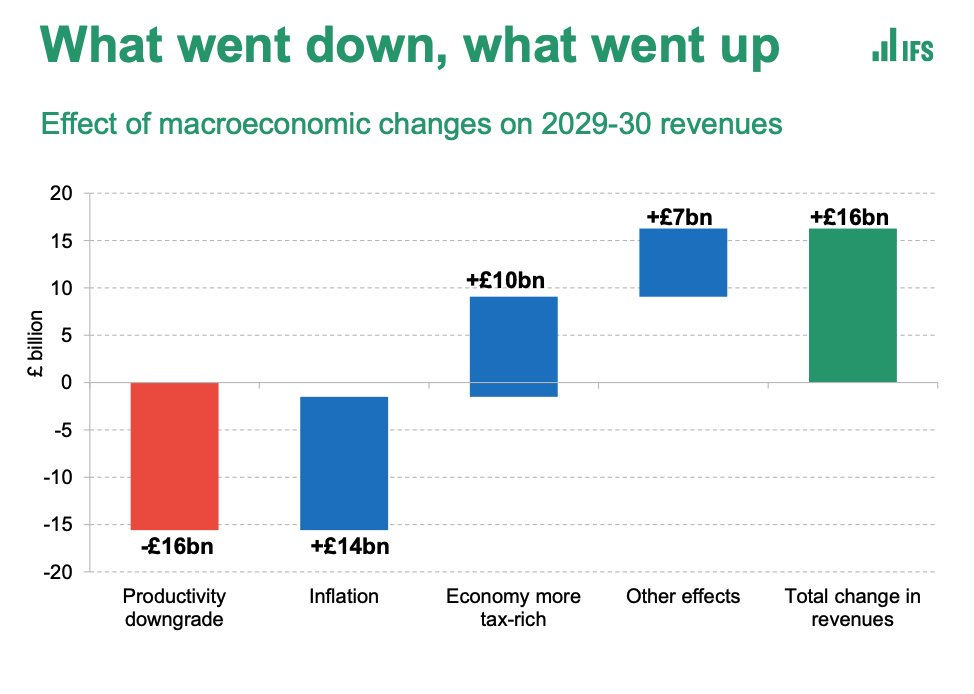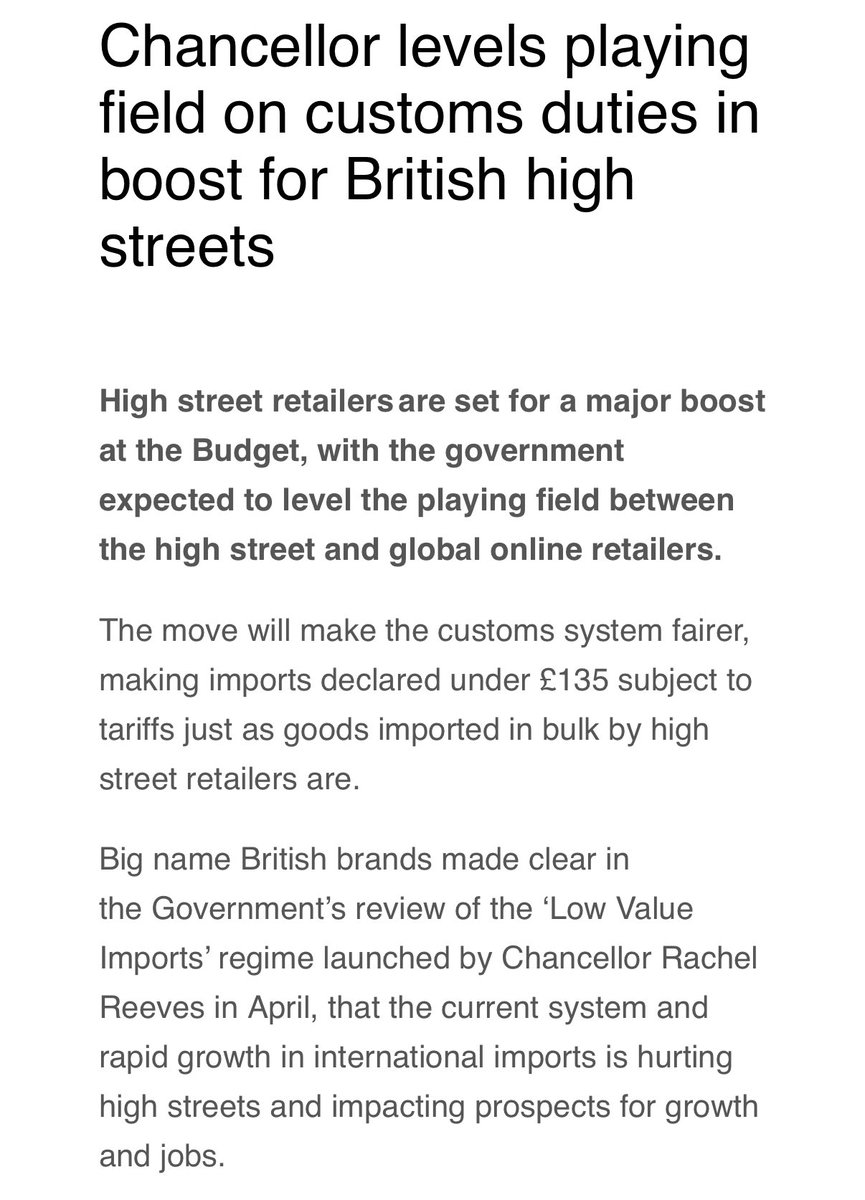OK that’s enough cross-country comparisons. How is the situation in the UK re cases, admissions and deaths? These charts tell some of that story. In short, the vaccines seem to be doing their job. Back in the late 2020 wave, look how correlated those lines were. Not any more. 



I say the “vaccines are working”. But hang on: in that case why are even more vaccinated people dying of COVID now than unvaccinated people?
The answer comes back to CONTEXT, which is all-important here. Consider the latest data from English hospitals… assets.publishing.service.gov.uk/government/upl…
The answer comes back to CONTEXT, which is all-important here. Consider the latest data from English hospitals… assets.publishing.service.gov.uk/government/upl…
In the most recent period (13 Sept - 10 Oct) there were 2,805 Covid deaths in this database.
2,136 of them were fully-vaccinated.
Only 557 of were unvaccinated people (NB by unvaccinated I mean no doses at all).
Easy to assume from that the vaccines aren’t working. But hold on
2,136 of them were fully-vaccinated.
Only 557 of were unvaccinated people (NB by unvaccinated I mean no doses at all).
Easy to assume from that the vaccines aren’t working. But hold on

Let’s deal with the most important function of vaccines: to reduce the likelihood of death. Are they doing that?
To find that out we need to check these numbers against two important bits of context: vs age and vs total caseload. In short, to work out a crude case fatality rate
To find that out we need to check these numbers against two important bits of context: vs age and vs total caseload. In short, to work out a crude case fatality rate
The point here is we want to compare like with like. Age groups with age groups. Because, as we all know, covid mortality is very age-dependent.
So first let's break down those 2,805 deaths by age. And unsurprisingly the vast majority (2,486) are among those aged over-60.
So first let's break down those 2,805 deaths by age. And unsurprisingly the vast majority (2,486) are among those aged over-60.

Now let’s take those 2,486 Covid deaths among over-60s and check the percentage who are double vaccinated: 80%. Very high. But lower than the% of this age group which is double vaccinated.
We can’t get a CFR, crude or otherwise, without comparing those deaths to the total number of cases among that age group: 72,063 (so high I needed to shrink the deaths bar so they’re in proper proportion).
88% of those cases were vaccinated.
88% vs 80%. Not much difference. But…
88% of those cases were vaccinated.
88% vs 80%. Not much difference. But…
Now let's do the final bit necessary to come up with a CFR and work out what percentage of those cases - vaccinated and unvaccinated respectively.
So we divide the small bits by the big bits...
So we divide the small bits by the big bits...
And here's what you end up with.
Among over-60s, the percentage of these FULLY VACCINATED covid cases (63,767) who go on to die is 3.2%.
Among the same age group, the percentage of UNVACCINATED (2,691) cases who went on to die was 14.3%.
Among over-60s, the percentage of these FULLY VACCINATED covid cases (63,767) who go on to die is 3.2%.
Among the same age group, the percentage of UNVACCINATED (2,691) cases who went on to die was 14.3%.

I suppose the overarching point is to be a bit wary of scary numbers - from all sides.
There is certainly reason for caution and concern re Covid right now. And it's certainly right to scrutinise whether the vaccines are doing the job.
But CONTEXT MATTERS!
There is certainly reason for caution and concern re Covid right now. And it's certainly right to scrutinise whether the vaccines are doing the job.
But CONTEXT MATTERS!
Oh and let me know if those animated charts are helpful or just annoying. Something of an experiment. Full video explainer of all this with me prancing around in front of the big screen is on @skynews tonight so, if you aren't already, tune in!
Finally here’s crude case fatality rates by age and vaccination status for all age groups.
As the name suggests, these are crude: for a proper CFR you’d want to tie cases to deaths, while this is more of a snapshot over a period.
But it’s about the best real world data we have.
As the name suggests, these are crude: for a proper CFR you’d want to tie cases to deaths, while this is more of a snapshot over a period.
But it’s about the best real world data we have.

Having turned off Twitter last night I turned it on again this morning and realised some of the charts in this thread were out of date. Apologies. Turns out my spreadsheet hadn't refreshed the data from the API. So I've deleted the offending tweets & below are updated versions
The broad narrative is the same even once the charts are updated: look at cases alone and it looks as if the UK is the worst placed of all the countries here. But that misses some important context: UK is testing more than most countries... 



Look at other metrics: positivity (cases as % of tests), hospitalisations, deaths, and the UK is, while higher than most of Europe, not an outlier. UK deaths are currently running at about the same level as the EU as a whole. 





The broad takeaway is much the same but the charts do look somewhat less dramatic; and interesting to note Israel & Japanese rollercoasters.
Anyway. Clearly the real lesson is: don't just look at the context. Also check your database to make sure it's up to date!
Apologies again.
Anyway. Clearly the real lesson is: don't just look at the context. Also check your database to make sure it's up to date!
Apologies again.
• • •
Missing some Tweet in this thread? You can try to
force a refresh














